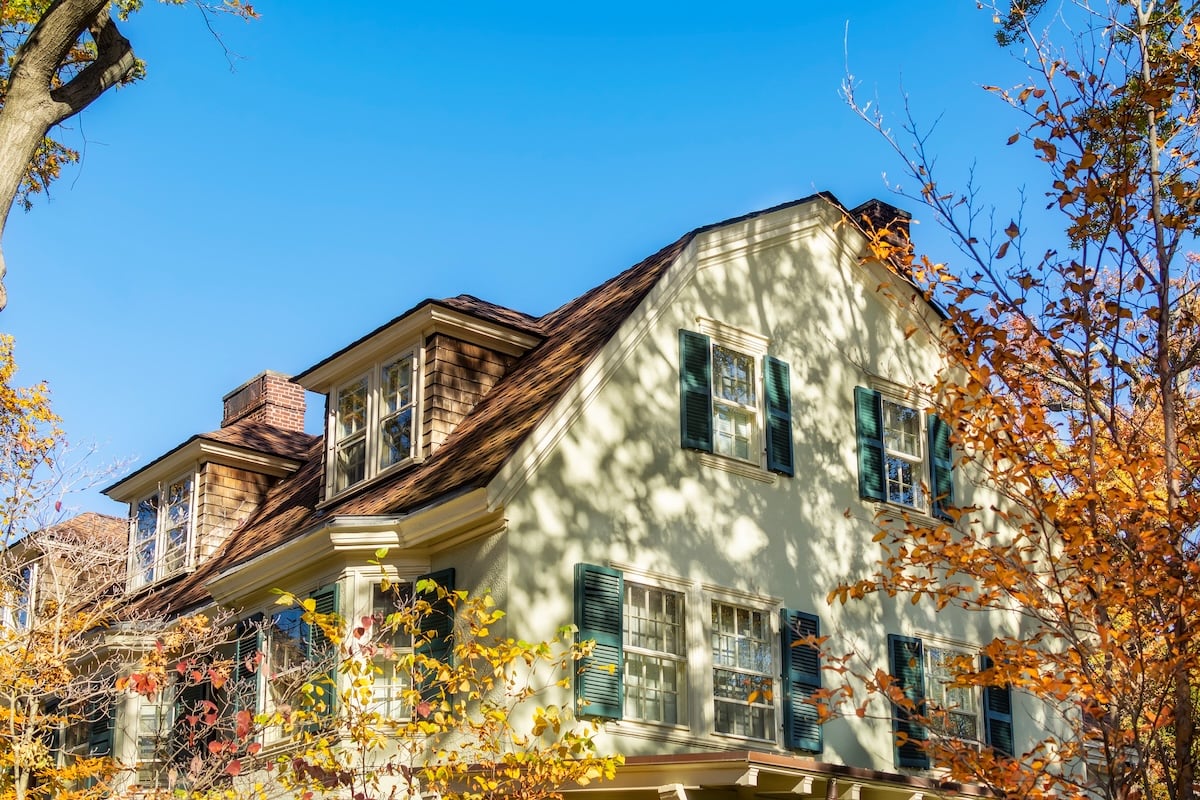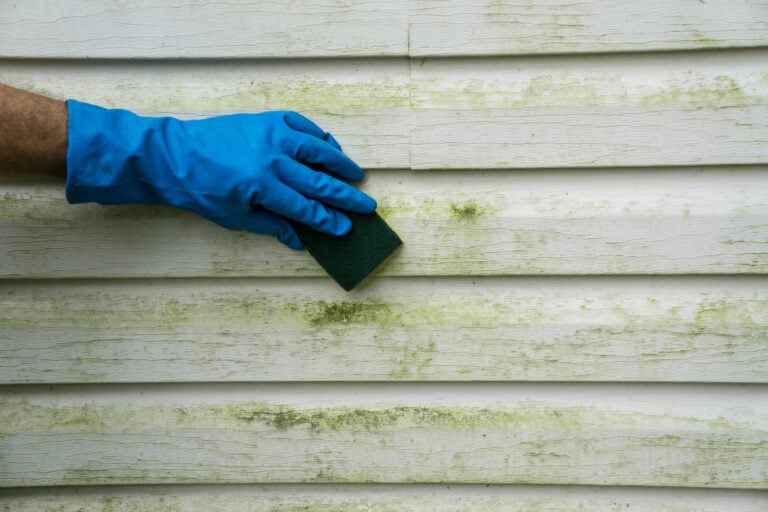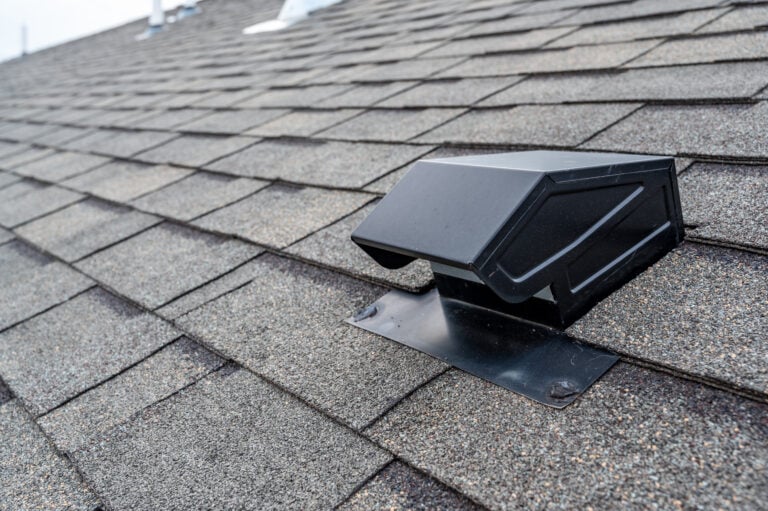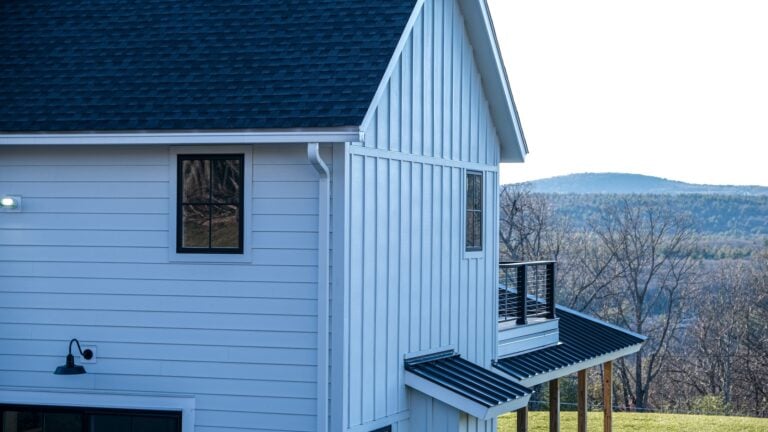When choosing the perfect roof style for your home, the gambrel roof stands out as both distinctive and practical. This unique roofing design offers maximum interior space while creating an eye-catching architectural statement that can transform your home’s entire appearance.
Whether you’re building new or considering a roof replacement, understanding the benefits and drawbacks of gambrel roofing will help you make an informed decision. If you’re ready to explore professional roofing services for your home, experienced contractors can guide you through the selection process.
This comprehensive guide will cover:
- What makes gambrel roofs unique and why they matter
- Complete pros and cons analysis for homeowners
- Design considerations and maintenance requirements
- Cost factors and installation insights
🏠 Why Gambrel Roofs Matter for Your Home
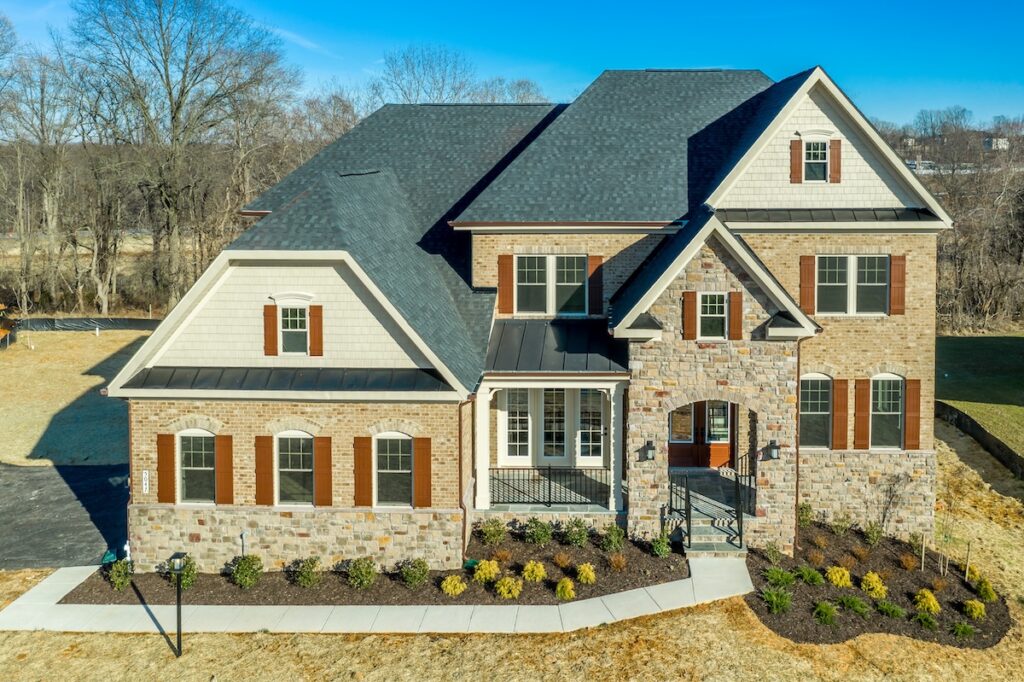
Gambrel roofs have gained popularity among homeowners seeking both functionality and visual appeal. This distinctive roof style features two slopes on each side, with the upper slope having a gentler angle and the lower slope being much steeper.
The design creates significant advantages for homeowners who want to maximize their living space without expanding their home’s footprint. Understanding these benefits helps you determine if this roofing style aligns with your needs and budget.
Key reasons gambrel roofs are important:
- Maximize usable attic space for storage or additional rooms
- Create distinctive curb appeal that increases home value
- Offer efficient water drainage due to steep lower slopes
- Provide cost-effective way to add functional square footage
📊 6 Complete Pros and Cons Analysis
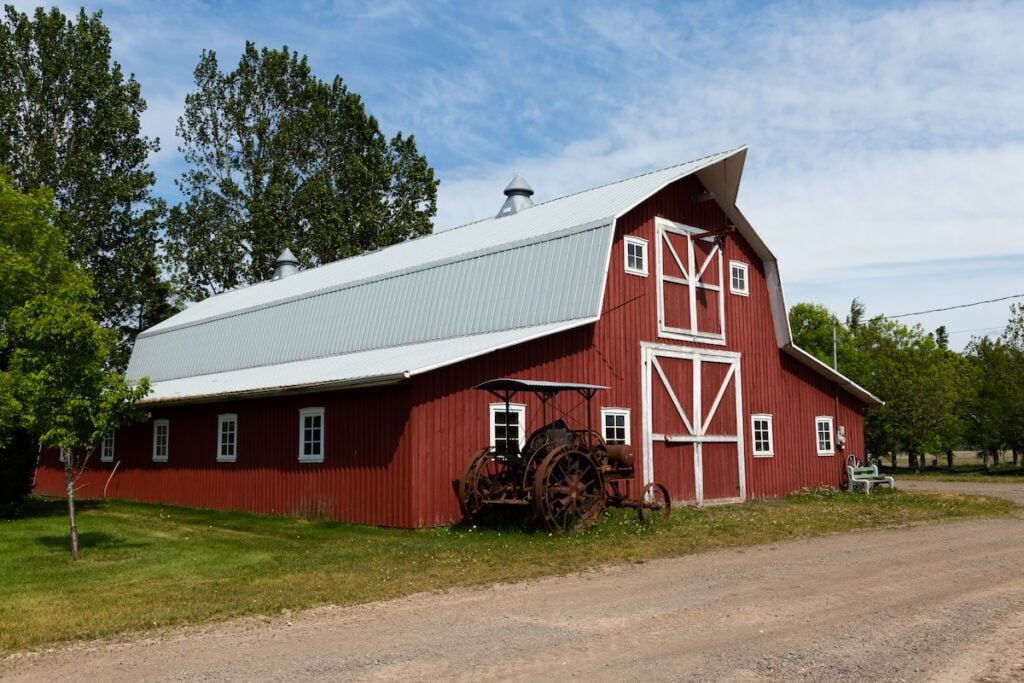
Before committing to a gambrel roof, you need a clear understanding of both the advantages and potential challenges. This analysis will help you weigh the benefits against the drawbacks for your specific situation.
Each factor plays a crucial role in determining whether a gambrel roof suits your home, climate, and long-term plans.
1. Maximum Interior Space
Pros:
- The gambrel roof design creates nearly vertical walls on the upper level, maximizing usable floor space by eliminating sloped walls that typically reduce functionality in traditional attic areas. This makes it ideal for turning what would otherwise be attic storage into livable space, such as bedrooms, offices, or recreational areas.
- The vertical walls allow for full-height rooms in the attic without requiring dormer additions, which saves on extra construction costs and keeps the structure simpler while providing more headroom and flexibility for layout design.
Cons:
- Despite offering more room, the complex interior layout created by the gambrel structure can limit furniture placement options. The transition between the steep lower slope and the gentler upper slope may create awkward spaces that require custom furniture or creative design solutions.
- Heating and cooling the expanded space can be a challenge. With a larger interior volume and varying roof slopes, it requires careful planning to ensure consistent temperature control and energy efficiency throughout the upper level. Failing to address this can result in higher energy bills and uneven temperatures.
2. Distinctive Architectural Appeal
Pros:
- The gambrel roof adds a unique character and charm that evokes Dutch Colonial or barn-style architecture, making it stand out compared to more common roof designs. This distinctive style can give the home a timeless and classic feel that appeals to many homeowners.
- Its striking visual design creates strong curb appeal, which can enhance the overall aesthetic of the property and potentially increase its value. A well-designed gambrel roof can make a home more desirable when it’s time to sell.
Cons:
- The bold architectural statement of a gambrel roof may not suit all neighborhoods or home styles. In areas with predominantly modern or minimalist home designs, the gambrel may look out of place, reducing its overall appeal.
- While distinctive, the unique design choice could limit potential buyers in the future. Those who prefer more conventional roof styles may find the gambrel less appealing, which could impact the home’s resale marketability.
3. Weather Performance
Pros:
- The steep slopes on the lower part of the gambrel roof are highly effective in shedding water and snow. This minimizes the risk of water pooling or snow buildup, protecting the roof from potential leaks or structural strain.
- The gentler slope on the upper section reduces wind resistance compared to steep gable roofs. This makes the structure more aerodynamic in areas prone to high winds, improving its durability in extreme weather conditions.
Cons:
- While the design handles water and snow well, the multiple roof planes and angles create more seams and joints where leaks can develop over time. Proper sealing and regular maintenance are essential to prevent water intrusion.
- The complex design of a gambrel roof requires expert installation to ensure proper weatherproofing. Any mistakes during construction can lead to significant issues, such as leaks or poor insulation, which can be costly to fix.
4. Cost Considerations
Pros:
- A gambrel roof is a more affordable way to add living space compared to building a full home addition. By expanding the usable area in the attic, homeowners can gain extra room without significantly increasing the home’s footprint.
- The design efficiently uses materials for the space gained. Since a gambrel roof creates a larger upper level without requiring as much additional framing, it can be a cost-effective option for maximizing interior space.
Cons:
- The complex framing and multiple angles of a gambrel roof result in higher installation costs compared to simpler roof designs like gable or hip roofs. The intricate construction process often requires skilled labor, which increases overall expenses.
- Over time, the design’s complexity can lead to higher maintenance costs. The multiple roof planes, seams, and joints require regular upkeep to prevent leaks, and repairs can be more expensive than those for simpler roof types.
5. Structural Requirements
Pros:
- A properly engineered and built gambrel roof is structurally strong, capable of withstanding significant loads. When designed appropriately, it can easily handle heavy snow loads and other stresses, making it a durable choice for various climates.
- The design can accommodate additional structural reinforcements, such as trusses or beams, to further enhance its strength and stability. This ensures the roof remains secure even in challenging weather conditions.
Cons:
- The construction of a gambrel roof requires experienced contractors who are familiar with its unique design. Hiring inexperienced builders can result in structural issues or improper alignment, compromising the roof’s integrity.
- Compared to simpler designs like gable roofs, a gambrel roof requires more complex engineering. The multiple angles and larger spans demand precise calculations and planning to ensure the structure remains stable and secure.
6. Energy Efficiency
Pros:
- The large interior volume created by a gambrel roof can improve natural ventilation when designed correctly. Strategically placed vents and air circulation systems can help regulate temperatures and reduce the need for constant heating or cooling.
- The expanded attic space provides an opportunity to install high-performance insulation. Proper insulation can help maintain a comfortable indoor climate while reducing energy consumption, making the home more energy-efficient over time.
Cons:
- The larger interior volume requires more energy to heat and cool effectively. Without proper insulation and ventilation, the increased space can strain HVAC systems and lead to higher energy bills.
- The multiple roof planes and seams can create thermal bridging issues if not insulated properly. Thermal bridging allows heat transfer through the roof, reducing energy efficiency and making it harder to maintain consistent indoor temperatures.
🔧 Design and Installation Considerations
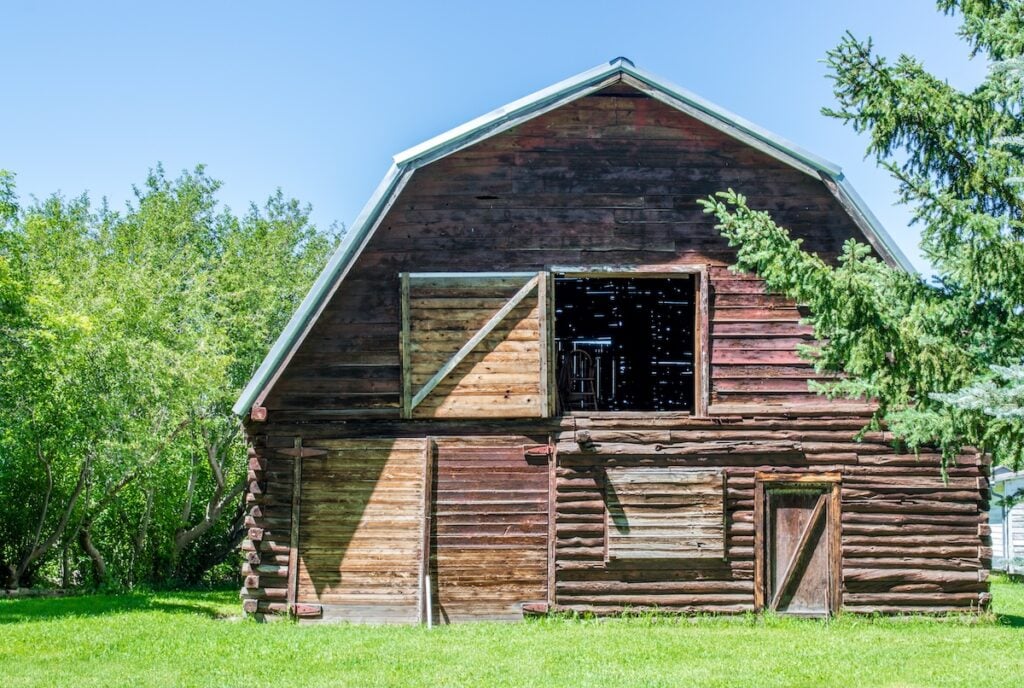
Successful gambrel roof installation requires careful attention to several critical factors. Understanding these considerations helps ensure your project meets both aesthetic and performance goals.
Professional installation becomes especially important with gambrel roofs due to their complexity. Working with experienced roofers ensures proper construction techniques and long-term performance.
Structural Engineering Requirements
Gambrel roofs place unique stresses on your home’s structure. The design requires proper load calculations to ensure the frame can support both the roof weight and any additional living space loads. Professional structural analysis prevents future problems and ensures code compliance.
Material Selection
Choose roofing materials that complement the gambrel design while providing reliable protection. Asphalt shingles work well and offer cost-effective installation. Metal roofing provides excellent durability but requires skilled installation on complex roof lines. Cedar shakes create authentic historical appeal but need regular maintenance.
Ventilation Planning
Proper ventilation becomes critical with gambrel roofs due to the large interior volume. Plan for adequate intake vents at the eaves and exhaust vents near the ridge. Ridge vents work well on the upper slope, while soffit vents provide necessary intake airflow.
Flashing and Weatherproofing
The transition between upper and lower roof slopes creates a critical area requiring expert flashing installation. This horizontal break must be properly sealed to prevent water infiltration. Use high-quality flashing materials and ensure proper overlap and sealing.
Insulation Strategy
The expanded interior space offers opportunities for high-performance insulation but requires careful planning. Consider spray foam insulation for superior air sealing around complex framing. Ensure adequate insulation depth while maintaining proper ventilation channels.
🏡 Making Your Decision
Gambrel roofs offer compelling advantages for homeowners seeking maximum space and distinctive style. The design provides practical benefits while creating architectural interest that sets your home apart from standard roof styles.
However, success depends on proper planning, quality installation, and understanding the long-term maintenance requirements. The complexity of gambrel roof construction makes professional installation essential for achieving optimal performance and longevity.
Consider your local climate, architectural preferences, and budget when evaluating this roofing option. The investment in professional design and installation pays dividends through years of reliable performance and enhanced home value.
Ready to explore gambrel roofing for your home? Contact our experienced roofing professionals for a comprehensive consultation and detailed project estimate. We’ll help you determine if a gambrel roof is the right choice for your specific needs and provide expert installation services. Get your free consultation today and discover how a gambrel roof can transform your home.
